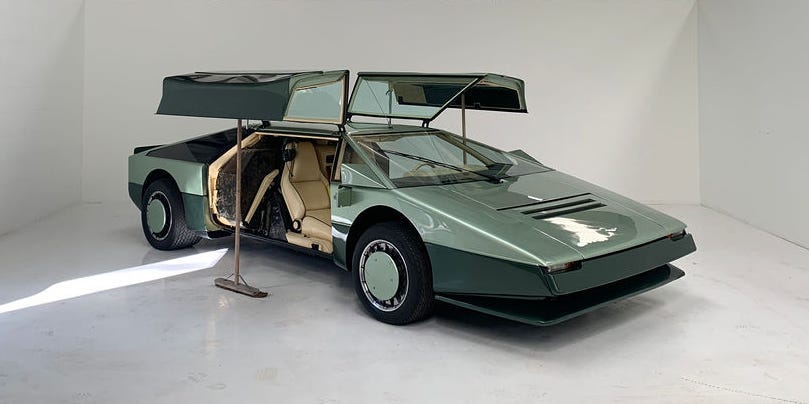
Classic Motor Cars
- Forty years ago, Aston Martin had plans to build the fastest car in the world at nearly 240 mph.
- Aston wanted to make a limited run of the cars, but it never happened. The project was too expensive.
- The one completed car is now restored and ready to try for those speeds again.
- See more stories on Insider's business page.
Forty years ago, Aston Martin had plans to build the fastest car in the world: the Bulldog, a long, low, wide, wedge of a thing that Aston Martin said could manage nearly 240 mph. The plan was to build a limited run of world-beating Bulldog supercars powered by V8 motors pushing out 600 horsepower. It would have put Aston Martin on top of the high-performance tree.
Except it didn't happen. The Bulldog achieved a record-breaking 191 mph, but the project was deemed too expensive, and the one completed car was sold off.
Fast forward to 2020, the one and only Bulldog – having dropped off the radar for many years and in a state of disrepair – found its way to an American owner who wanted to actually drive it. A restoration project was set up by Richard Gauntlett, the son of the Aston Martin chairman who sold the original car, and undertaken by the UK's Classic Motor Cars. It took 18 months to complete.
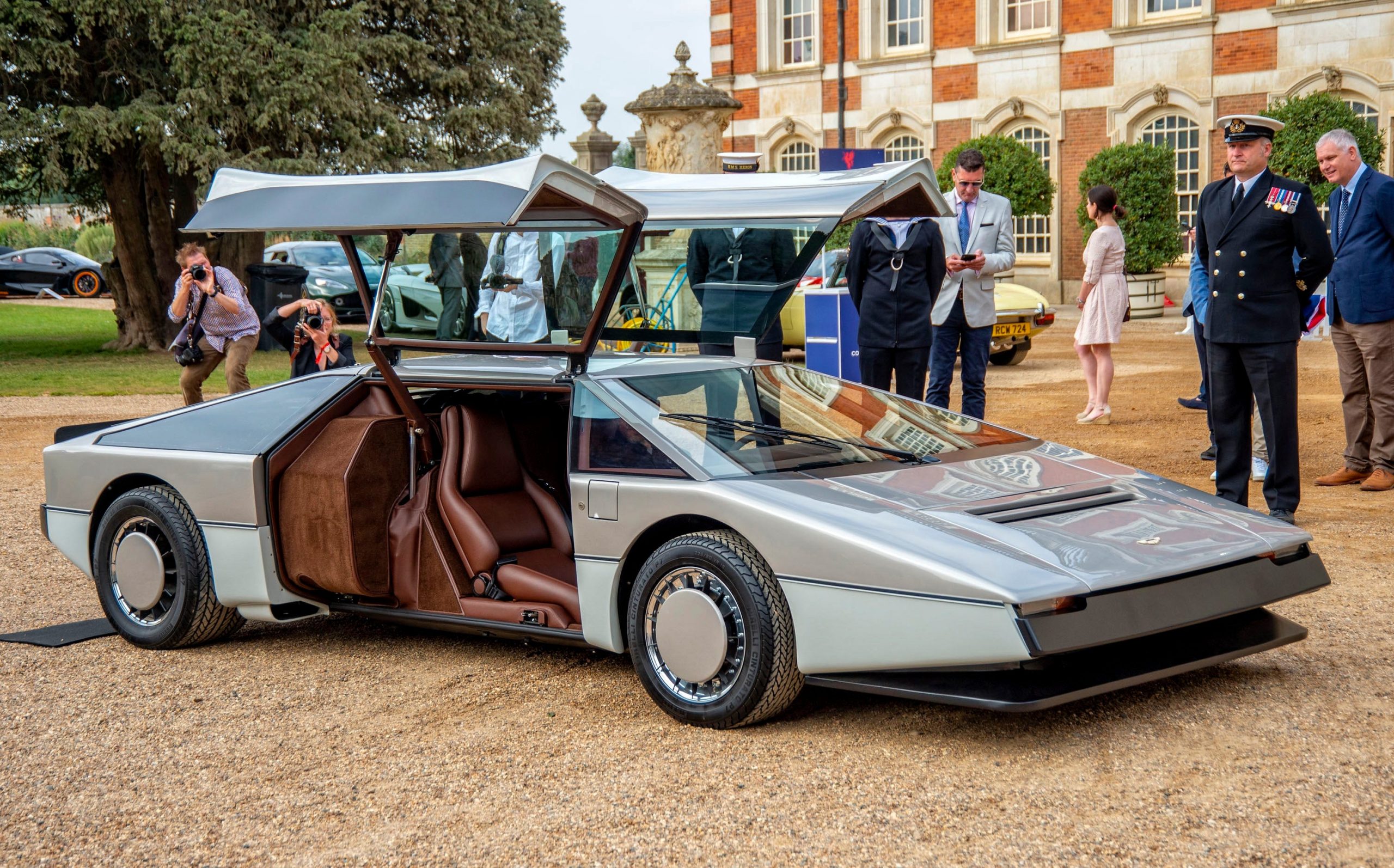
Classic Motor Cars
The finished car was revealed in London at the 2021 Hampton Court Concours Of Elegance, where Insider caught up with Nigel Woodward, Classic Motor Cars' Managing Director. Woodward discussed resurrecting a lost legend to meet its original targets – a feat for the 40-year-old Bulldog, even if today's 300-mph Bugattis make it seem easy.
"The owner of the car, together with Richard Gauntlett and ourselves, came up with a scheme to restore the car back to its original appearance both externally and internally," Woodward said. "Importantly, we want to get the car to perform to its designed performance. It was always designed to do 200 miles an hour, and part of this project is to get it to do it."
When Classic Motor Cars took delivery of the Bulldog, it wasn't in peak condition. Woodward said it had been repainted, its trim was different to the original concept, there were some engine and fuel-injection issues, and the car had chassis damage to contend with.
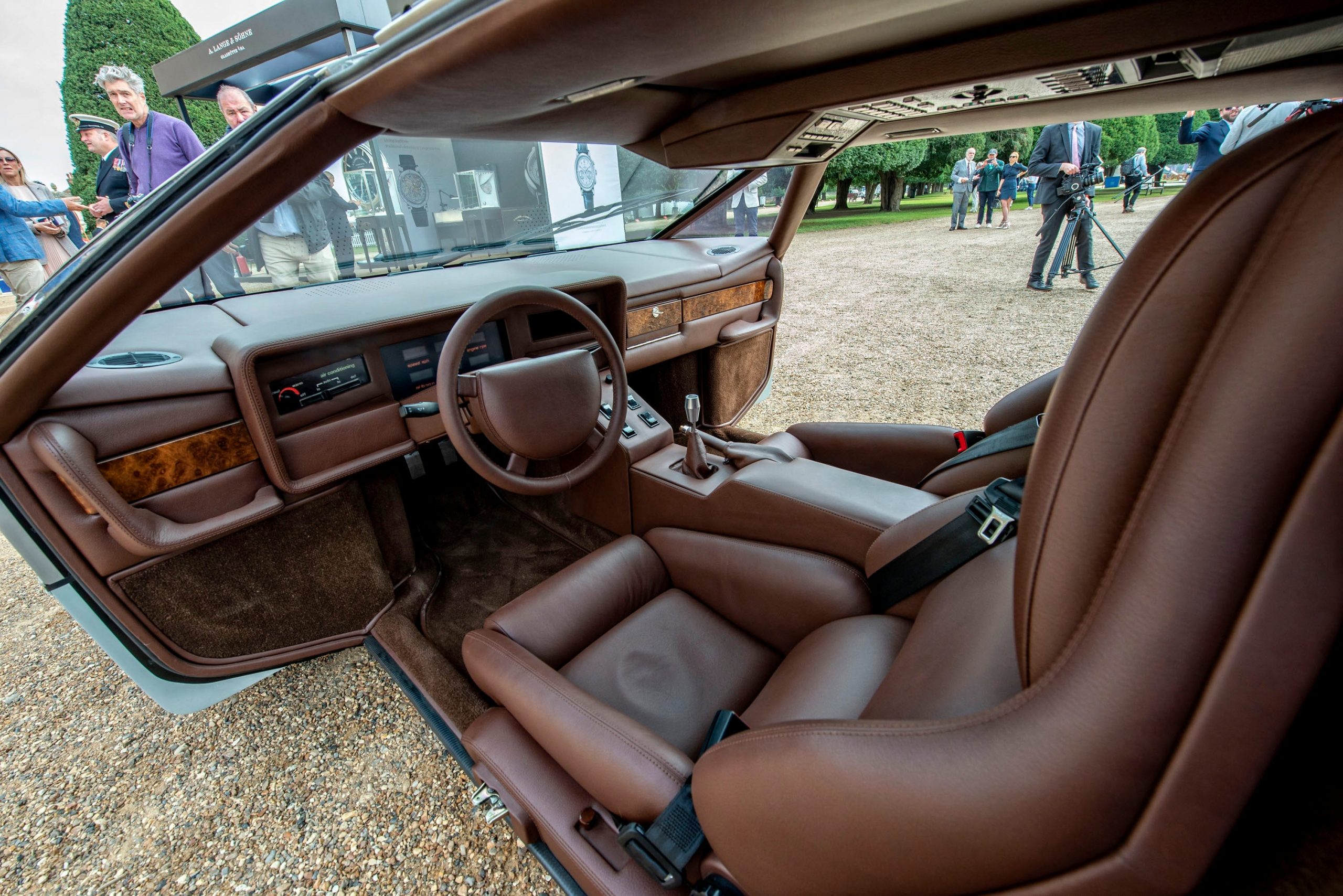
Classic Motor Cars
Classic Motor Cars restored the car to its original color both inside and out, strengthened its gearbox, installed a modern fuel-injection system to ensure the motor runs reliably, added ride-height lift to cope with loading the car onto trailers, reproduced the car's original brakes, and made the whole thing appear as new.
While the restoration is complete and the car can move under its own steam, its 5.3-liter, twin-turbocharged V8 motor isn't quite ready for 200 mph. After its debut, the Bulldog headed back to Classic Motor Cars' HQ to have its engine tested and prepared for the stresses of high speed.
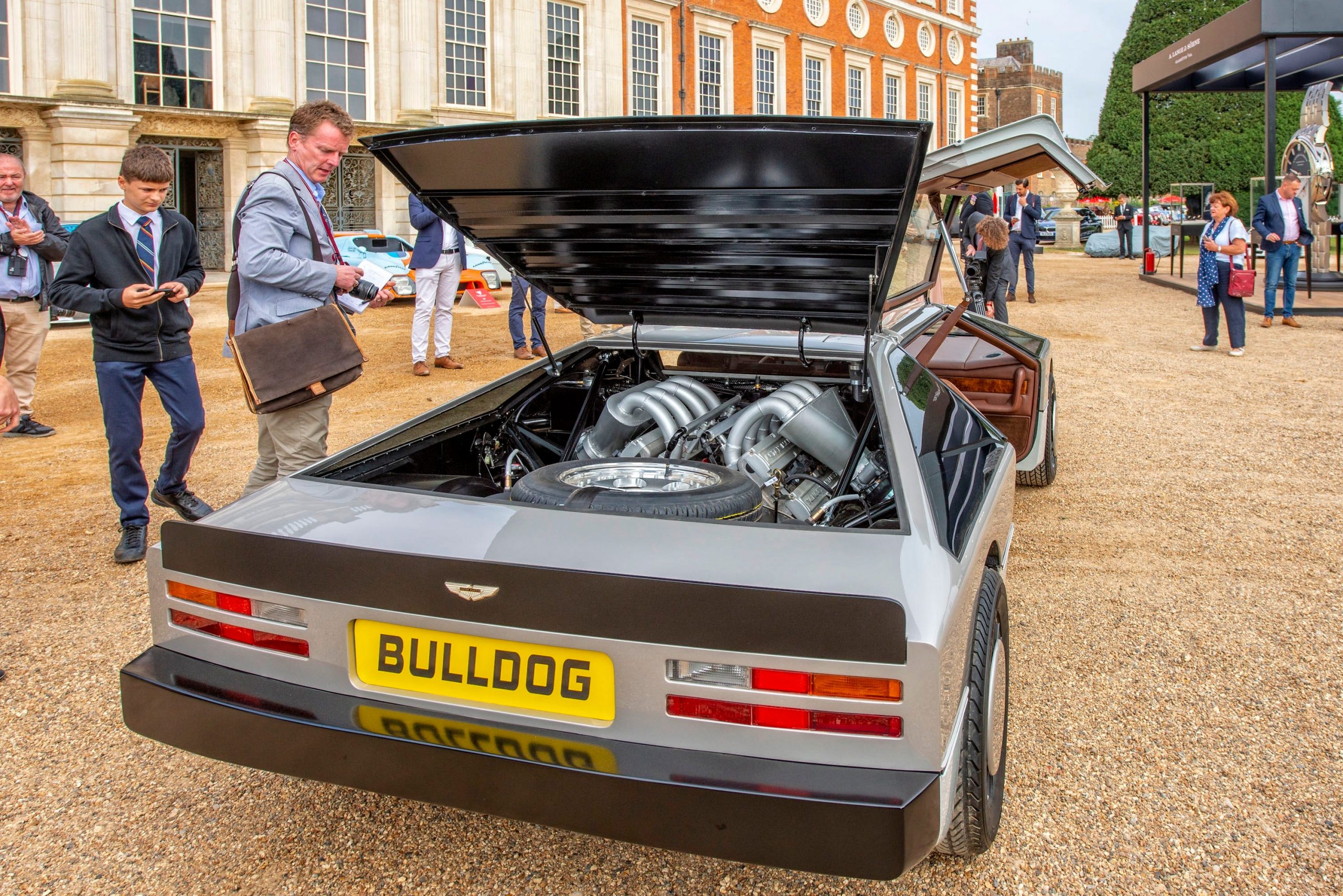
Classic Motor Cars
It would have been easy for Classic Motor Cars to put an all-new engine in the Bulldog, but that's not what happened.
"It's the original cylinder block from the car, but it's been massively augmented and strengthened," Woodward said. "The original engine was on the edge of what it was capable of withstanding. We're aiming for about 650 bhp as an operational power level."
The Bulldog's owner hadn't seen the finished car until it was revealed and is said to be blown away.
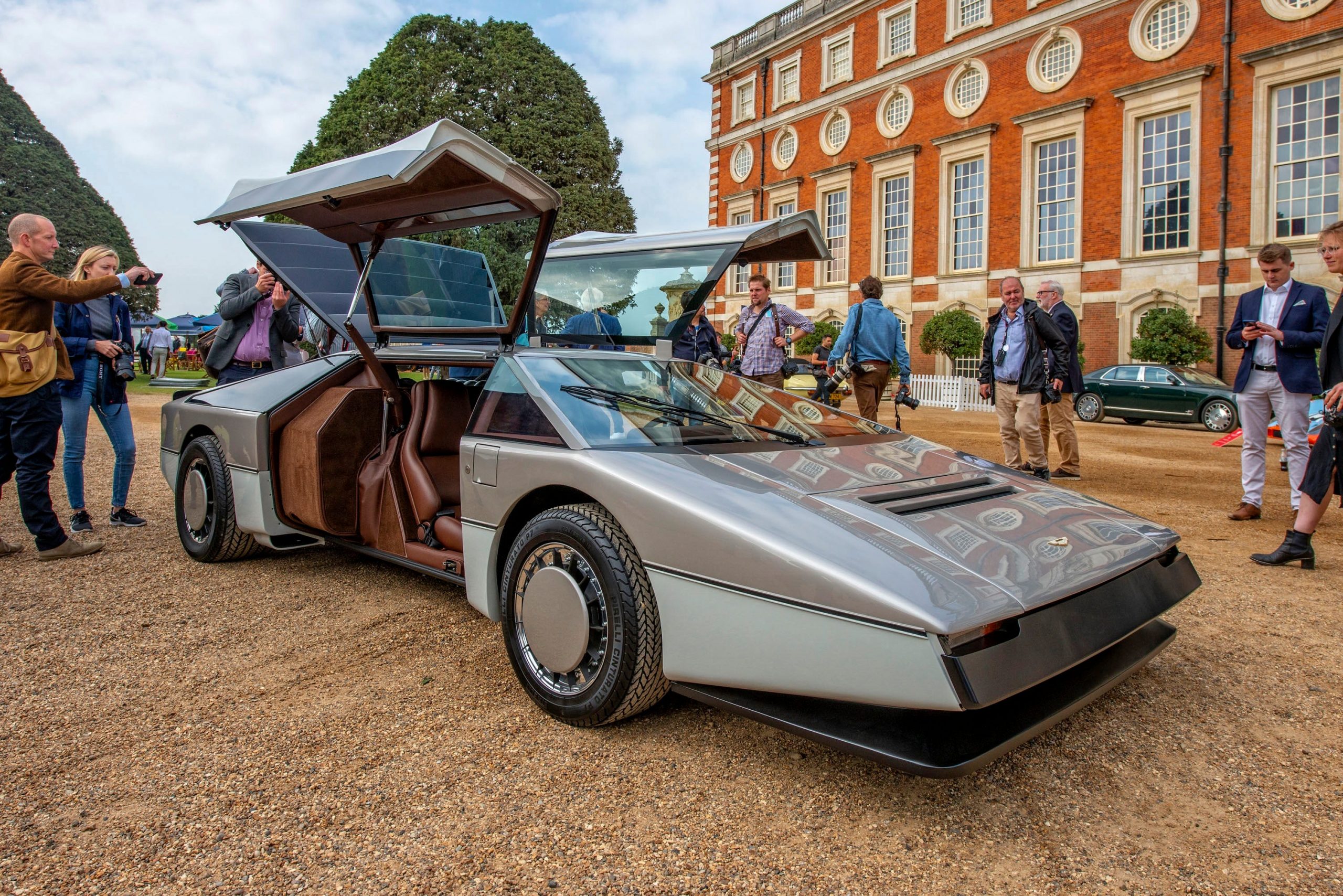
Classic Motor Cars
What next for the one-of-one Aston Martin? Aston Martin racing driver Darren Turner will pilot its 200-mph attempt - a high-speed run in such a rare car isn't a job for just anyone, after all. That'll be followed by a world tour, then the Bulldog will go home to California.
Asked if there were plans for production, Woodward said: "There are no plans to reproduce it," though when pushed added: "Everything's possible, isn't it?"